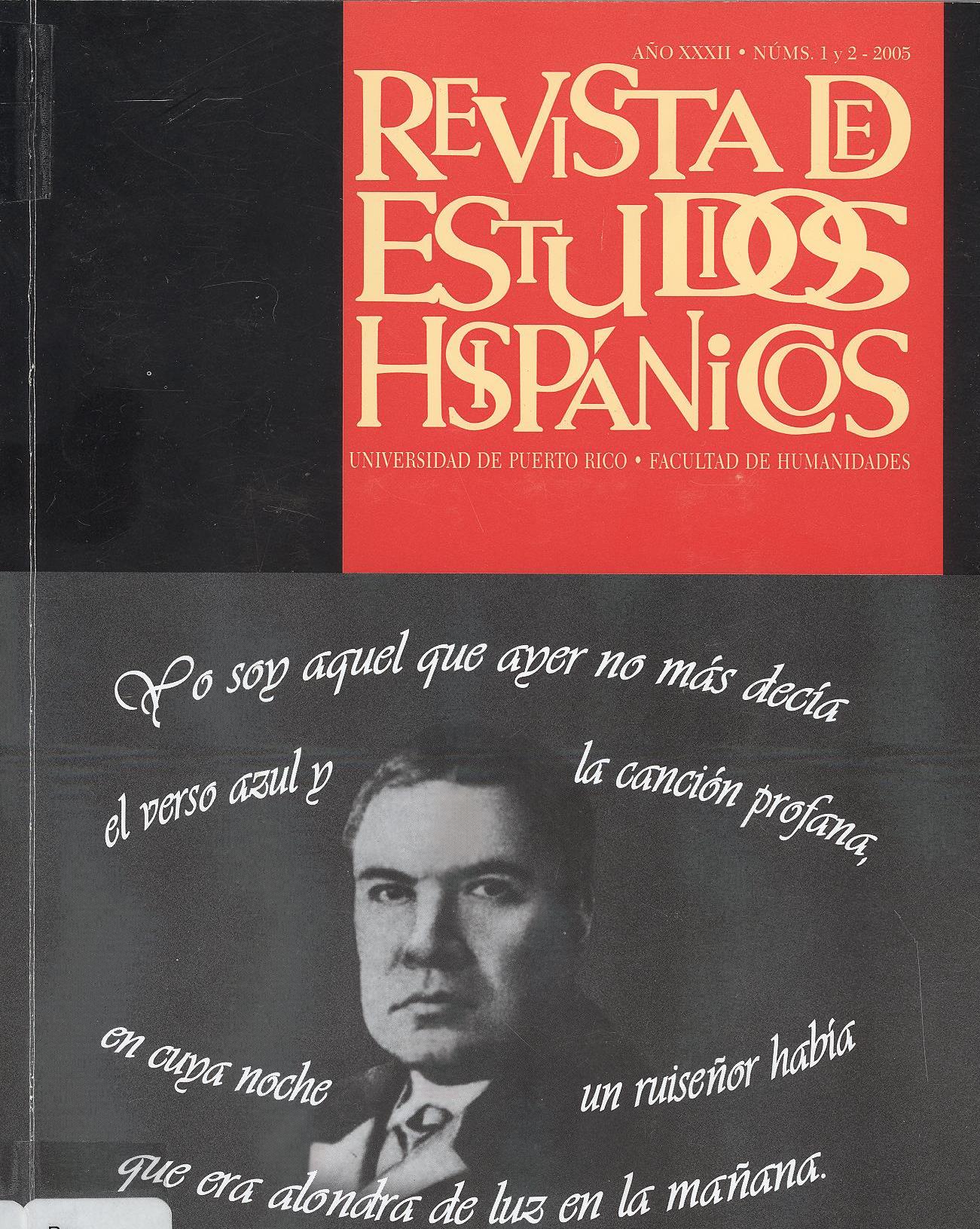Abstract
Among the "psychozoological" short stories by Guatemalan writer Rafael Arévalo Martínez there are only two with female protagonists: "Nuestra Señora de los Locos" (Our Lady of the Insane) (1914) and "La Signatura de la Esfinge" (The Signature of the Sphynx) (1933). In the application of his psychozoological code to female archetypes we can note in these stories a complex and changing vision of women's images that responds to the transformation of female identities during the first decades of the twentieth century. In the first one, Ema, the "dove woman", embodies woman's traditional role related to Eve and the Virgin Mary. This short story can be read as an allegory concerning the role of woman in the story of mankind's fall and salvation. In the second short story, however, he reveals sympathy toward another totally different archetype: the woman lioness that embodies the new independent, liberated woman who, within a patriarcal society, pays the price of loneliness and misunderstanding. Cendal, Arévalo's alter ego in the story, breaks with his patriarcal mentality by understanding and accepting this new type of woman.This work is licensed under a Creative Commons Attribution-NonCommercial 4.0 International License.
Downloads
Download data is not yet available.

